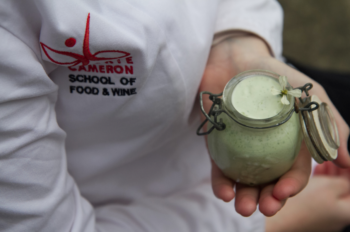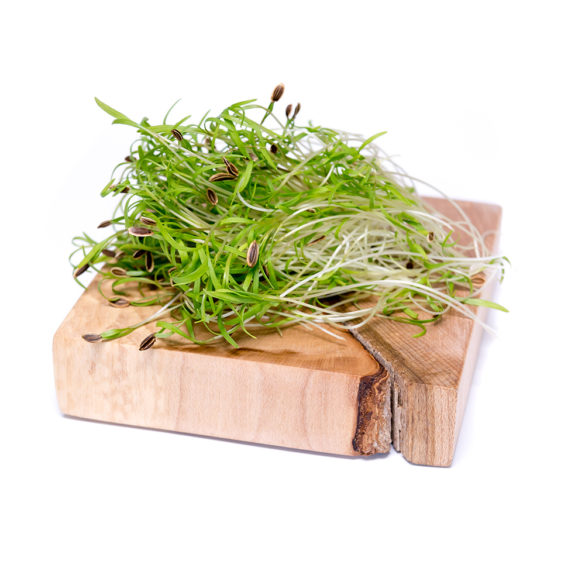Main image: Dill microgreens / Credit: Urban Micro Greens
If you think microgreens are merely a garnish on your plate, think again. These tiny sprouts pack a powerful nutrient punch and should be included in your meals.
Our diet requires an adequate amount of macro-nutrients (those needed in large amounts), micro-nutrients (those needed in smaller amounts), and of course food which contains antioxidants and phytonutrients, as these are important to keep your immune system strong.
But with our extremely busy lives it’s almost impossible to eat ‘well’ and get all the diaily nutrients we need; enter the microgreen. “Regarded as one of the most potent superfoods you can find, these tiny plants will help to provide your body with a concentrated, natural form of nutrients,” says local producer Shaun Miller, co-founder and director of Urban Micro Greens, based in Johannesburg.
Once seen as garnish in restaurants, microgreens have become known for their superior nutrient qualities – all thanks to a 2014 study, where researchers at the US Department of Agriculture, discovered that nearly all the 25 varieties of microgreens tested, had 4-6 times more vitamins and phytochemicals than mature leaves from the same plant.
ALSO SEE: A diet rich in this food has been linked to fewer menopause symptoms
What is a microgreen?
As the name suggests, microgreens are the smallest shoots of vegetables such as rocket, celery and beetroot, and are generally picked within the first few days of sprouting. “This is because all the nutrients the plant requires to produce a lifetime of fruit and vegetable is contained in the first shoot,” comments Miller. In fact, he maintains that microgreens are now being recognised for their value as a flavourful superfood with up to 40% higher concentrations of nutrients than older plants, as well as being rich in fibre.
Microgreens are rich in antioxidants – essential for fighting free radicals and keeping the body, and immune system healthy. They are rich in vitamins C, K and E, lutein, phenols and polyphenols, calcium, magnesium and zinc. What’s not to love?
ALSO SEE: Healthy Heart Diet Advice
How to include microgreens in your daily diet
This is much easier than you think. Microgreens can be included in just about any cooked dish. Add them into eggs, salads, wraps, smoothies, or your favourite pasta. “Just make sure to always serve them raw, never cooked”, adds Miller. You only need a tablespoon or two to give you the nutrients you need.
Be cautious of cheap imitations
Microgreens shouldn’t be confused with sprouts that are the shoots of legumes, beans, chickpeas and lentils,” says Miller. “As soon a shoot starts growing the leaves for that particular plant, it starts to deplete it of nutrients.” This is called a baby leaf, and while it’s also considered nutritious, it’s not as highly concentrated as a microgreen. Another way to tell the difference is by looking at the leaves. “The leaves you see on microgreens will always be two leaves opposite each other – these are the cotyledons, which are the first leaves to appear from a germinating seed,” he explains.
ALSO SEE: Try This 3 Day Cleansing Detox Diet

Credit: Jackie Cameron School of Food and Wine

Ingredients
- 16g coriander microgreens
- 60ml maas
- 70g cream cheese
- Juice of 1 large lemon
- Pinch of Oryx Desert salt and pepper
Instructions
- Place all ingredients into a blender and blend until smooth.
- Pour into a jar or straight over your salad and enjoy.

